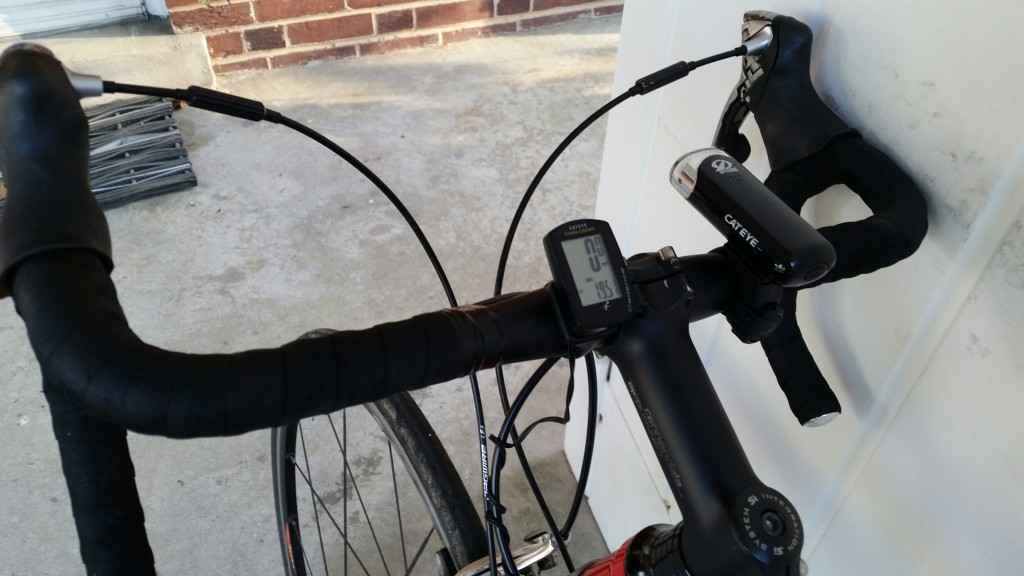This page will make a lot more sense if you read the Differential Calculus page first.
Now that you grokked Differential Calculus in 5 minutes, Integral Calculus should take even less.
Integral Calculus is essentially the reverse of Differential Calculus. While Differential Calculus is about breaking up a larger picture into smaller and smaller pieces, Integral Calculus is about putting that large picture back together from those smaller pieces, a.k.a. integrating them (hence the name).
To continue with our bike computer example…
Suppose the distance display on your computer had malfunctioned, but your speed display still worked. How could you determine your distance?
(When I was going through this a few years ago with my dear sister-in-law Sydney, at this point she answered, “I’d just get a new computer.” While that is a wonderfully practical solution and it gives an indication that Sydney would be a slammin’ engineer if she ever decides to give up nursing, it doesn’t help to further an understanding of integral calculus. So I’ll continue now, as I continued then.)
If you rode at a constant speed of 15 miles per hour for 1 hour, you will have travelled a distance of:
(15 miles/hour) x (1 hour) = 15 miles
This, right here, is the heart of integral calculus. Seriously.
You probably do this kind of calculation all the time without realizing you are doing calculus. For it to feel more like calculus, we need to break this same basic problem down into smaller time intervals, much as we did with differential calculus.
Instead of riding at a constant speed for an hour (which is very difficult to do), let’s say for the first half hour you rode at a constant speed of 20 miles/hour, and for the second half hour you slowed down to 10 miles/hour. In this case, your distance travelled will be:
[(20 miles/hour) x (1/2 hour)] + [(10 miles/hour) x (1/2 hour)]
= 10 miles + 5 miles
= 15 miles
This is the same total distance as in the first example, but your speed profile is different.
Now let’s break into to 15 minute (1/4 hour) intervals. Let’s say for the first 15 minutes you were just getting warmed up at an easy pace of 12 miles/hour, for the second 15 minutes you got up to 16 miles/hour, for the third 15 minutes you really found your stride at 20 miles/hour, and for the last hour you backed off to 16 miles/hour. Your total distance travelled is:
[(12 miles/hour) x (1/4 hour)]
+ [(16 miles/hour) x (1/4 hour)]
+ [(20 miles/hour) x (1/4 hour)]
+ [(16 miles/hour) x (1/4 hour)]
= 3 miles + 4 miles + 5 miles + 4 miles
= 16 miles
And so on. We could break this down into one-minute chunks, one-second chunks, one-millisecond chunks, etc. And just as with Differential Calculus, it becomes pure Integral Calculus when we take the limit as the time interval approaches zero.
Whatever the time interval, the concept remains the same. We are performing a number of multiplications, and we are adding the products together to INTEGRATE a larger picture out of smaller pieces.
There it is. Integral Calculus boils down to multiplication and addition, i.e. basic arithmetic, Q.E.D. This it is, and nothing more.
